Soil Fertility
- Latest soil sample results
- Liming little and often is working well
- Compounds like 18-6-12 have increased the soil P
Improving soil fertility is key to growing more grass, reducing fertiliser bills, and boosting sustainability. Oliver O’Hara recently re-sampled his farm to track improvements since 2022—and the results are impressive.
He took 31 soil samples across his farm, including the out farm in Carrowkeel. The results showed that 51% of the farm now has good soil fertility, defined by a pH above 6.2 and index 3 or higher for both phosphorus (P) and potassium (K). This is a major leap from just 14% in 2022.
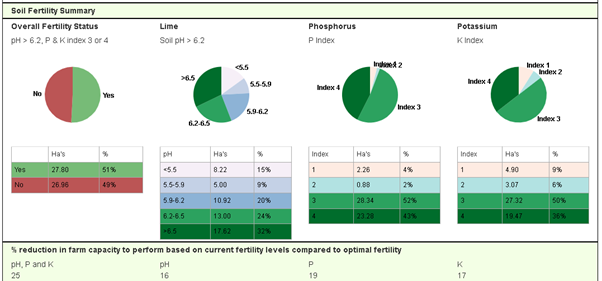
Figure 1 – Soil fertility summary of Oliver’s farm
Looking ahead, his new samples recommend to spread 160 tonnes of lime over the next two years. Because his P indexes are now high, he’s restricted in using chemical phosphorus. Instead, he will use protected urea as his straight nitrogen source to cut costs. He’ll also target fields low in K (15% of the farm) using muriate of potash or a compound like 29% N + 14% K + S.
Building soil fertility isn’t just about better yields—it’s about smarter farming. Oliver is seeing better fertiliser response, more grass growth, lower input costs, and a reduced carbon footprint as a result.
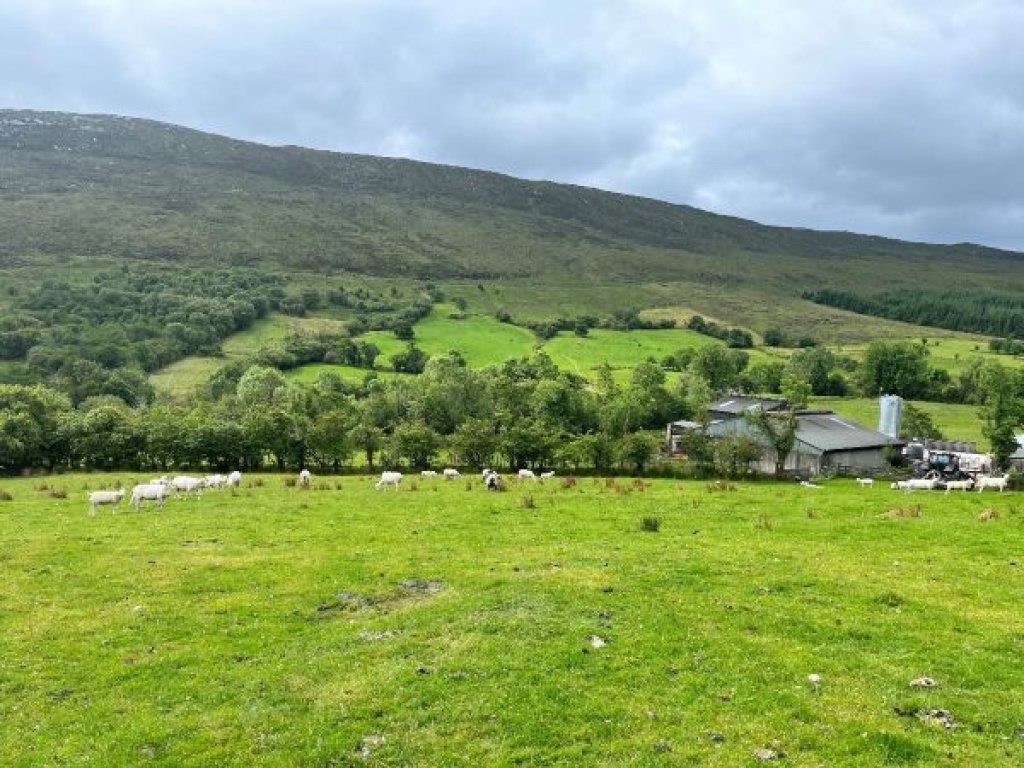
Figure 2: Ewes and lambs grazing above the yard in Leckaun
The lambs were dosed for gastro intestinal worms with a white wormer product.
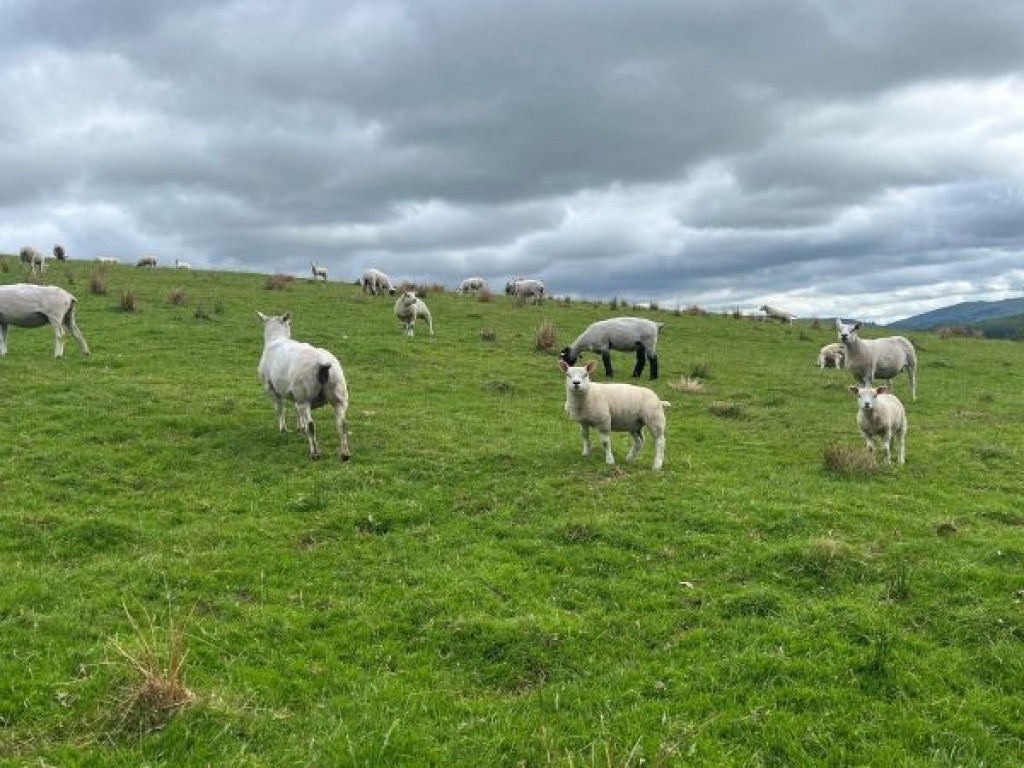
Figure 3 – Ewes and lambs at grass
The calves have also been dosed for worms and have had their clostridial vaccines administered. These are a 2 shot programme, where each injection is administered 4 to 6 weeks apart. It helps with to prevent stock from clostridial diseases such as C. chauvoei (Blackleg), C. perfringens A-D (pulpy kidney, enteritis), C. novyi type B (Black Disease), C. septicum (Malignant Oedema, Braxy, false Blackleg), C. sordellii, C. haemolyticum and C. tetani (Tetanus).
The ewes have been shorn and the wool has been gathered for sale, although the price is typically very low. The pedigree lambs are being fed ration at grass and will be weaned in mid-June. The commercial lambs also have access to ration and will be weaned in July.
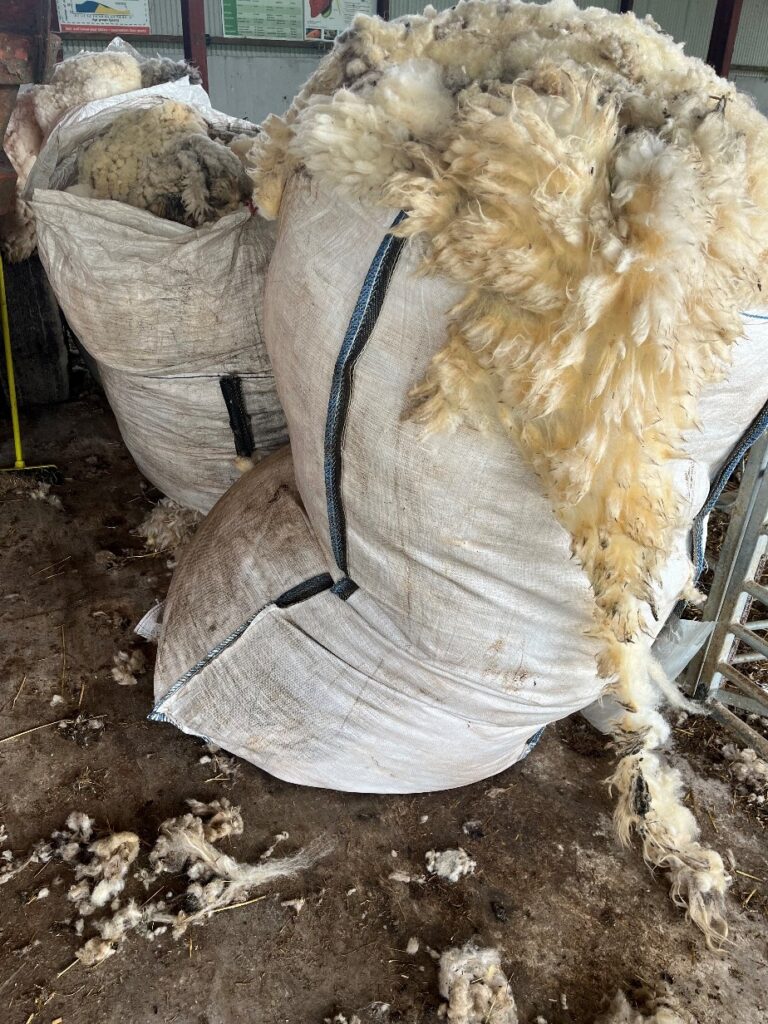
Figure 4 – Wool collected from shearing ewes
Oliver sold 2 heifers and 2 bull weanlings on 5th May. The heifers averaged €1600/head and the bulls averaged €1920/head.
A further 2 heifers were sold on 7th June at 1-2 years of age. They averaged €2075 each. One pedigree Limousin bull was sold for €6800. He was sired by Plumtree Fantastic (S1278) and sold as a breeding bull.
Cattle sales for 2025 have already exceeded the total sales figure for 2024 with only 19 cattle sold so far this year, and a total of 30 cattle sold last year.
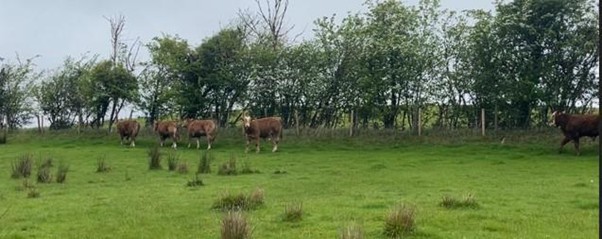
Figure 5 – Some of the cattle sold in May